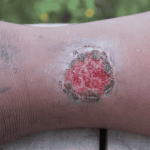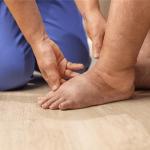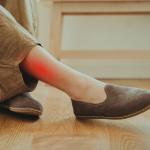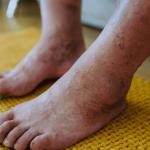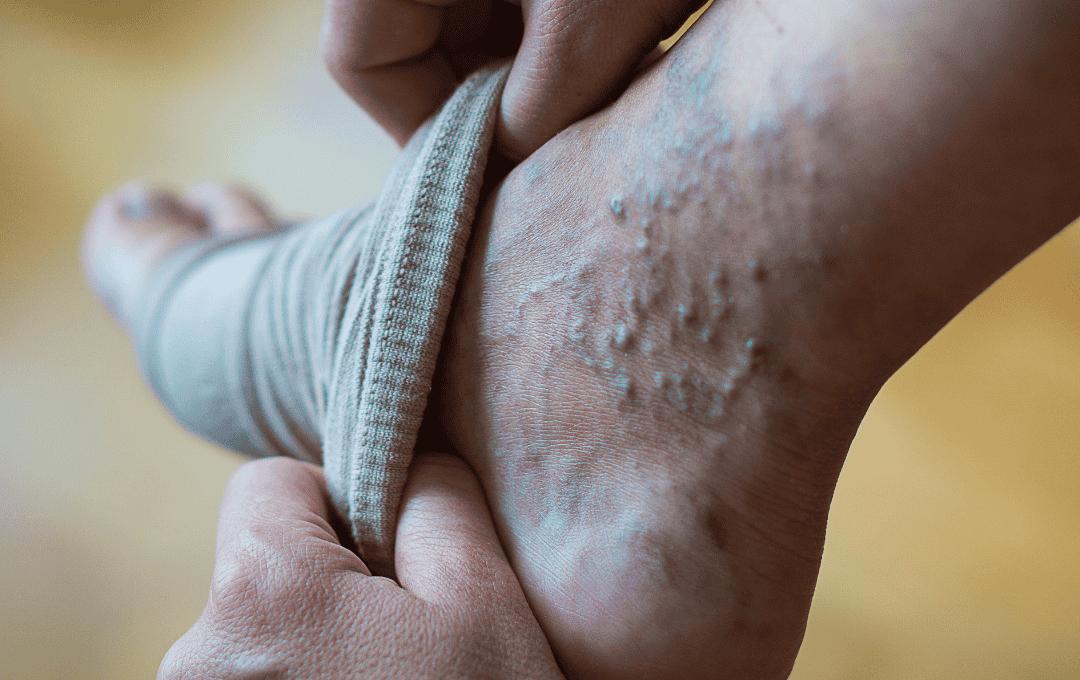
Varicose veins are more than a cosmetic concern — they signal an underlying vein-health issue. According to USA Vein Clinics, this condition occurs when blood flow in the veins becomes inefficient, causing veins to bulge, twist, or become visible under the skin. Understanding the common locations where varicose veins appear can help you recognize them early and seek treatment if needed.
Find a Varicose Vein Treatment Clinic Near You
Common Locations to Look For
While varicose veins can technically appear wherever superficial veins are present, USA Vein Clinics emphasizes that they most often show up in areas subject to high pressure, prolonged standing, or repetitive motion. Here are typical spots:
-
Lower legs and ankles: These are among the most frequent locations because standing and walking place greatest stress on the veins. Swelling, visible bulging veins, or heavy-leg sensations around the calves and ankles should raise a flag.
-
Thighs: Varicose veins may appear along the inner or outer thighs, where the great saphenous and other superficial veins run. As venous insufficiency progresses, you may notice bulging veins, discoloration, or skin changes in these areas.
-
Behind the knees (popliteal region): The region behind the knee can show varicose changes because fluid and pressure accumulate when circulation is impaired.
-
Feet and arch of the foot: Although less common than legs or thighs, veins can become visible at the top of the foot or along the arch when the superficial vein system is involved.
-
Pelvic or buttock area (in some cases): In specific situations, varicose veins may appear higher up in the body, especially when underlying vein disease extends into the pelvic region. For example, when larger veins are affected, the visible manifestations may be closer to the groin or pelvis.
What to Watch For & Why Location Matters
Recognizing where varicose veins show up is only half the story. Other symptoms often accompany visible veins — and location may influence symptom patterns and risk of complications.
For instance:
-
If you see bulging veins around your ankles or lower legs, you may also notice swelling, aching, or heaviness in one or both legs. These are signs of venous insufficiency and the underlying pathology that creates varicose veins.
-
Veins on the thigh can be closer to major superficial vein pathways; their appearance may suggest a deeper or more extensive involvement of the venous system.
-
If you have varicose veins in less-typical areas, such as the pelvic region or feet, it’s especially important to consult a vein specialist because the pattern may hint at an underlying condition that needs comprehensive evaluation.
Recognizing both the visible signs and their location can help you and your vein doctor design a treatment plan tailored to your specific condition.
Why Consult a Specialist?
If you’re noticing varicose veins in any of the locations described above, it’s time to consider a consultation with a vein specialist. They can uses ultrasound imaging and non-surgical treatments to address both the visible veins and the underlying vein disease.
Early evaluation is key because untreated varicose veins can lead to more than cosmetic issues. They may progress to skin changes, ulcers, or even contribute to deeper vein problems.

